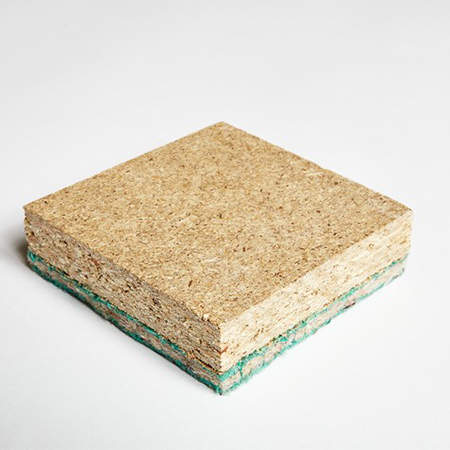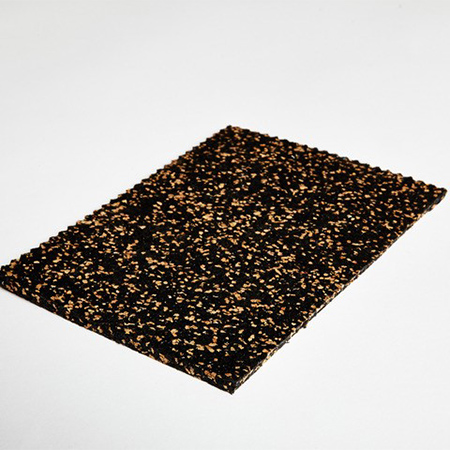Schools are usually very busy places, so it is inevitable that they are also likely to be noisy at times. But how do we make sure the noise levels inside teaching spaces and communal areas where large numbers of children will gather are not detrimental to any child’s learning and development?
The key is to ensure internal spaces – particularly classrooms – are designed in a way that minimises the risk of sound reverberation. This is the problem of sound waves generated through normal activities such as speech bouncing off hard surfaces back into the room, rather than being absorbed in softer materials like fabric curtains.
Reverberation is an issue in classrooms because they are usually fitted-out and decorated using many hard materials to maximise durability – plastered walls and ceilings, wooden floors and often large windows and doors. It is an issue for all children, but particularly for some students with SEN (special educational needs) who may be more susceptible to the effects of noise.
Given that SEN students are routinely taught in classes alongside students who would be regarded as not having any special needs, the default position when considering school design must, therefore, be to implement a high performing acoustic control solution to maximise inclusivity. From a legislative perspective, this is important for schools to fulfil their duties under the Equality Act 2010, which requires schools to anticipate the needs of deaf and other disabled children as current and potential future users of the school.
At the heart of a high performing acoustic design for classrooms and other spaces will be sound absorber panels, which are strategically positioned on the walls and ceilings of affected rooms.
What are the effects of poor classroom acoustics?
Good acoustic design is needed in schools given the overwhelming evidence we see in studies from around the world showing the ill-effects of excessive noise. The danger is so significant that the World Health Organization (WHO) declares that “children exposed to continuous disruptive noise can experience poorer reading ability, memory and academic performance”.
There are a number of reasons why this is the case, but it stems from the fact that noise makes some children become disengaged with the learning process when they can’t hear what’s being said by teachers. Noise interferes with children’s ability to process language, it impairs concentration, reduces speech intelligibility and it increases incidences of ‘dysfunctional behaviour’. And its effects extend beyond the classroom, with studies showing that noisy conditions result in children having elevated blood pressure, increased stress levels and disrupted sleep patterns.
Why does noise effect SEN students more?
SEN students may be affected by numerous conditions including visual or permanent hearing impairment, speech, language and communication difficulties or an autistic spectrum disorder (ASD). Of particular importance is to consider design for children with an ASD, whose needs can be particularly complex, and noise can affect them significantly given the potential for ‘sensory overload’.
This results from difficulty processing everyday sensory information through sight, sound, smell, taste and touch - with a common issue for students with ASD having difficulty with auditory processing. Hence why substantial international research supports the view that creating the right acoustic conditions inside schools is extremely beneficial to ASD students.
What are the acoustic standards for classrooms?
The key design guidance underpinning acoustic standards in schools is BB93 (Building Bulletin 93). It sets out minimum acoustic performance standards of school buildings with guidance on how to comply with relevant sections within the Building Regulations.
One design principle of BB93 that aims to ensure schools are not inadvertently excluding SEN students or hindering their educational performance is in this statement:
“Pupils with hearing impairment, autism and other special needs are often very sensitive to specific types of noise, particularly those with strong tonal, impulsive or intermittent characteristics. This should be taken into consideration in the design of areas which may be used by such children.”
As part of creating the right acoustic conditions inside schools, BB93 covers all areas of school design, including addressing external noise where a school is located close to a busy road or railway line, for example.
Where should acoustic panels be placed in a classroom?
In order to determine how many acoustic panels are needed and where they should be positioned, an acoustic survey must be carried out first. This involves getting key information like the room dimensions, its capacity and uses, and measuring the reverberation time (RT) prior to any acoustic upgrades being carried out.
This data can be used to calculate how much additional sound absorption will be needed to sufficiently reduce the RT. This determines how many panels will be needed and where they should be fitted for the best results.
Absorber panels are often installed on walls, but this can be an issue in classrooms where the wall space is used for displays, whiteboards or TV screens, or where its extent is limited due to the room featuring lots of windows or doors. Hence why ceiling mounted sound absorber panels are a popular choice in school buildings.
How can I upgrade a classroom for an SEN student?
Whilst it is best practice to have all school classrooms treated acoustically so the level of reverberation and echo is safe, many schools buildings are yet to be upgraded. One catalyst for acoustics change is the enrolment of a student whose education could suffer as a result of a noisy classroom, as was the case recently in a south London primary school.
Here, the Bird in Bush Primary School – formerly known as Camelot Primary School – was welcoming an SEN student following its merger with a sister school. The school’s head teacher had previously addressed reverberation issues for this student in the former building and the same upgrade was needed to ensure they would be able to realise their potential in their new environment.
The school approached Hush Acoustics, who had previously worked with them to reduce reverberation in their dining hall, who proposed the installation of 40x Hush Absorber 50 panels on the ceiling soffit. It was a solution that reduced the RT from a relatively high level of 3.8s to 0.8s – a reduction that will be extremely beneficial to the school’s new Year 6 student.
How can I find out more about improving school acoustics?
Hush Acoustics are specialists in acoustic design for schools, with over 30 years’ experience in designing, manufacturing and installing acoustic insulation products and systems. In addition to the Bird in Bush Primary School project, the company has worked on numerous education sector projects, mainly to address the nuisance of reverberation, including at Walsall College in the West Midlands and the Carr Lodge Academy in Doncaster.
For technical and sales assistance, visit www.hushacoustics.co.uk.
What kind of acoustic control is needed in SEN-friendly classrooms?
| T | 0151 933 2026 |
|---|---|
| E | info@hushacoustics.co.uk |
| W | Visit Hush Acoustics' website |
| Unit 2, Tinsley Industrial Estate, Shepcote Way, Sheffield, S9 1TH |
Products by this Company







